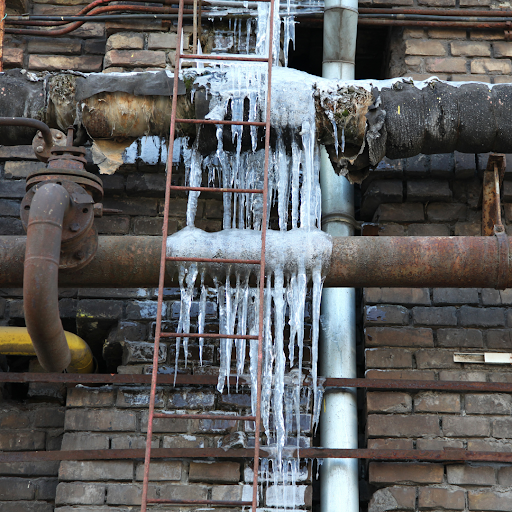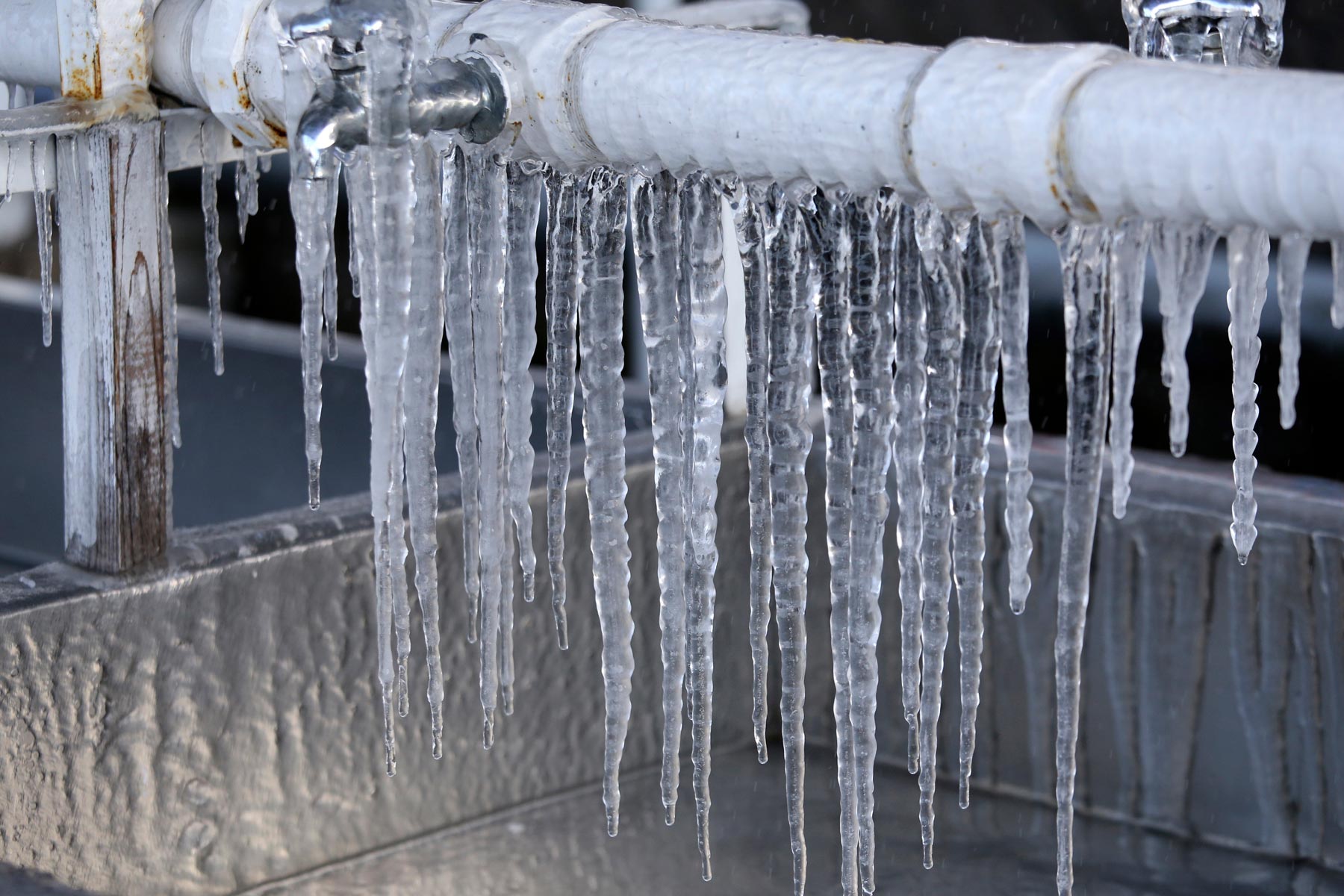Advice for Preventing Frozen Plumbing in Winter: Expert Insights
Advice for Preventing Frozen Plumbing in Winter: Expert Insights
Blog Article
Listed here in the next paragraphs you'll find some excellent resources when it comes to 6 Ways to Prevent Frozen Pipes.

Cold weather can wreak havoc on your plumbing, particularly by freezing pipelines. Right here's exactly how to stop it from happening and what to do if it does.
Intro
As temperature levels decline, the danger of frozen pipes increases, potentially resulting in costly repairs and water damages. Understanding how to avoid icy pipes is important for property owners in cool environments.
Avoidance Tips
Shielding susceptible pipelines
Cover pipelines in insulation sleeves or make use of warmth tape to shield them from freezing temperature levels. Focus on pipelines in unheated or outside areas of the home.
Home heating strategies
Keep indoor spaces appropriately warmed, particularly areas with plumbing. Open up cabinet doors to enable warm air to circulate around pipelines under sinks.
Exactly how to determine icy pipelines
Seek lowered water circulation from faucets, unusual odors or sounds from pipes, and noticeable frost on subjected pipelines.
Long-Term Solutions
Structural adjustments
Think about rerouting pipes away from outside wall surfaces or unheated areas. Add additional insulation to attic rooms, cellars, and crawl spaces.
Updating insulation
Buy premium insulation for pipelines, attics, and walls. Appropriate insulation assists preserve constant temperature levels and reduces the threat of icy pipelines.
Securing Outside Plumbing
Garden tubes and outside taps
Detach and drain pipes garden tubes before winter. Set up frost-proof faucets or cover outside taps with insulated caps.
Comprehending Icy Pipelines
What causes pipes to freeze?
Pipelines ice up when revealed to temperatures below 32 ° F (0 ° C) for extended durations. As water inside the pipelines freezes, it expands, putting pressure on the pipe walls and potentially triggering them to rupture.
Dangers and damages
Frozen pipes can result in supply of water disruptions, home damages, and costly fixings. Ruptured pipes can flood homes and trigger substantial architectural damage.
Indications of Frozen Water Lines
Determining icy pipelines early can avoid them from rupturing.
What to Do If Your Pipelines Freeze
Immediate activities to take
If you presume icy pipelines, keep taps open to eliminate stress as the ice melts. Make use of a hairdryer or towels soaked in warm water to thaw pipes gradually.
Verdict
Stopping frozen pipes calls for proactive procedures and fast reactions. By recognizing the causes, indications, and safety nets, property owners can shield their plumbing during cold weather.
5 Ways to Prevent Frozen Pipes
Drain Outdoor Faucets and Disconnect Hoses
First, close the shut-off valve that controls the flow of water in the pipe to your outdoor faucet. Then, head outside to disconnect and drain your hose and open the outdoor faucet to allow the water to completely drain out of the line. Turn off the faucet when done. Finally, head back to the shut-off valve and drain the remaining water inside the pipe into a bucket or container. Additionally, if you have a home irrigation system, you should consider hiring an expert to clear the system of water each year.
Insulate Pipes
One of the best and most cost-effective methods for preventing frozen water pipes is to wrap your pipes with insulation. This is especially important for areas in your home that aren’t exposed to heat, such as an attic. We suggest using foam sleeves, which can typically be found at your local hardware store.
Keep Heat Running at 65
Your pipes are located inside your walls, and the temperature there is much colder than the rest of the house. To prevent your pipes from freezing, The Insurance Information Institute suggests that you keep your home heated to at least 65 degrees, even when traveling. You may want to invest in smart devices that can keep an eye on the temperature in your home while you’re away.
Leave Water Dripping
Moving water — even a small trickle — can prevent ice from forming inside your pipes. When freezing temps are imminent, start a drip of water from all faucets that serve exposed pipes. Leaving a few faucets running will also help relieve pressure inside the pipes and help prevent a rupture if the water inside freezes.
Open Cupboard Doors
Warm your kitchen and bathroom pipes by opening cupboards and vanities. You should also leave your interior doors ajar to help warm air circulate evenly throughout your home.

I'm just very focused on Winter Plumbing Precautions: Preventing Frozen Pipes and I hope you enjoyed the entire article. In case you appreciated our post if you please remember to share it. We enjoy reading our article about 6 Ways to Prevent Frozen Pipes.
Schedule A Service Report this page